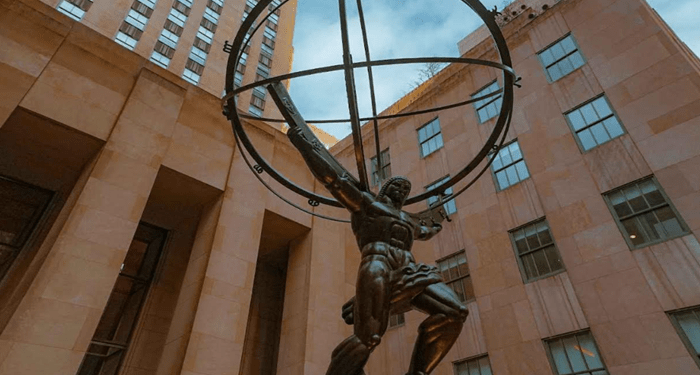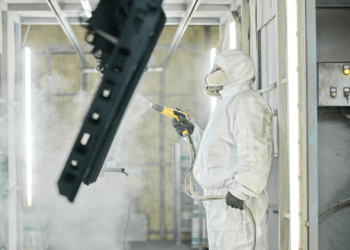Bronze memorial statues serve as powerful tributes that preserve the memory and achievements of public service officials who dedicated their lives to serving communities, advancing important causes, or making significant contributions to society. These permanent monuments create lasting connections between past leaders and future generations while inspiring continued commitment to public service.
The tradition of honoring public servants through bronze memorials reflects society’s recognition that exceptional service deserves permanent commemoration. These statues stand as enduring testaments to individuals who sacrificed personal interests for the greater good, ensuring their contributions remain visible reminders of dedicated public service.
Understanding how bronze memorial statues honor public service legacy helps communities recognize the importance of preserving history while inspiring future leaders through tangible examples of service, dedication, and achievement that bronze memorials represent.
They Create Permanent Historical Records
Bronze memorial statues built by companies like 911 Sculpture preserve historical accuracy about public service officials and their contributions for future generations who may not have direct knowledge of these leaders’ achievements. These monuments serve as educational tools that document important historical figures and their impact on community development.
Biographical information integrated into memorial designs through plaques, inscriptions, and artistic elements provides comprehensive historical context about public servants’ lives, achievements, and significance. This documentation ensures accurate historical preservation while preventing important stories from being lost or forgotten over time.
Visual representation through bronze sculpture captures the dignity and character of public service officials in ways that photographs or written records cannot fully convey. Artistic interpretation brings historical figures to life while creating emotional connections between viewers and the individuals being honored.
Timeline preservation helps communities understand the historical context and sequence of public service contributions within broader community development. Memorial statues mark specific periods and achievements while connecting past accomplishments to present community benefits.
They Inspire Future Public Service
Role model presentation through bronze memorials provides tangible examples of dedicated public service that can inspire current and future leaders to pursue careers in public service or civic engagement. Visible reminders of exceptional service encourage others to follow similar paths of community dedication.
Values demonstration through memorial design and accompanying information highlights the principles, ethics, and commitment that characterized honored public servants. These values serve as guides for current leaders while establishing standards for public service excellence.
Leadership inspiration occurs when bronze memorials showcase the positive impact that dedicated individuals can have on their communities and society. These examples demonstrate that individual commitment to public service can create lasting positive change.
Civic engagement encouragement results from memorial statues that celebrate public service achievements while inspiring community members to become more involved in local governance, volunteer activities, or public service careers.
They Strengthen Community Identity and Pride
Shared heritage creation through bronze memorials establishes common ground that unites community members around respected figures and shared values. These monuments become focal points for community identity while fostering pride in local history and achievements.
Cultural significance develops when memorial statues become important community landmarks that represent local values, history, and aspirations. These monuments contribute to community character while providing gathering places for civic events and commemorations.
Generational connection occurs when bronze memorials bridge different age groups through shared appreciation for honored public servants. Older community members can share stories and memories while younger generations learn about historical figures and their contributions.
Tourism and economic benefits often result from significant memorial statues that attract visitors interested in local history and public service heritage. These monuments can become destinations that support local businesses while promoting community awareness.
They Provide Educational Opportunities
Learning experiences develop around bronze memorial statues through school field trips, guided tours, and educational programs that use monuments as teaching tools. These statues serve as outdoor classrooms that make history tangible and accessible to learners of all ages.
Historical context education helps students and visitors understand the time periods, challenges, and circumstances that public service officials faced during their careers. Memorial statues provide starting points for broader discussions about historical events and social progress.
Civic education opportunities emerge when memorial statues spark conversations about government, public service, and civic responsibility. These monuments serve as catalysts for learning about democratic processes and the importance of citizen engagement.
Character education benefits occur when memorial statues highlight positive traits like dedication, integrity, courage, and service to others. These examples provide concrete illustrations of admirable qualities that educators can reference when teaching about character development.
They Create Lasting Ceremonial Spaces
Dedication ceremonies for bronze memorial statues bring communities together to honor public service officials while celebrating shared values and achievements. These events create meaningful experiences that strengthen community bonds and civic pride.
Annual commemoration opportunities develop around memorial statues through remembrance ceremonies, wreath-laying events, or special observances that keep honored individuals’ memories alive while reinforcing their contributions to community development.
Gathering spaces created by memorial statue installations provide venues for civic events, speeches, and community meetings that continue the legacy of public service. These areas become natural locations for activities that promote civic engagement and community building.
Reflection areas around bronze memorials offer quiet spaces where individuals can contemplate public service, consider civic involvement, or simply appreciate the contributions of those who served their communities with distinction and dedication.
Preserving Service Legacy
Bronze memorial statues honor public service legacy through permanent historical preservation, inspirational role modeling, community identity strengthening, educational opportunity creation, and ceremonial space provision. These monuments ensure that exceptional public service receives the recognition and remembrance it deserves while continuing to benefit communities for generations.
When communities choose to honor public service officials through bronze memorial statues, they create lasting tributes that preserve important history while inspiring future leaders and strengthening civic pride through tangible recognition of service and sacrifice.












